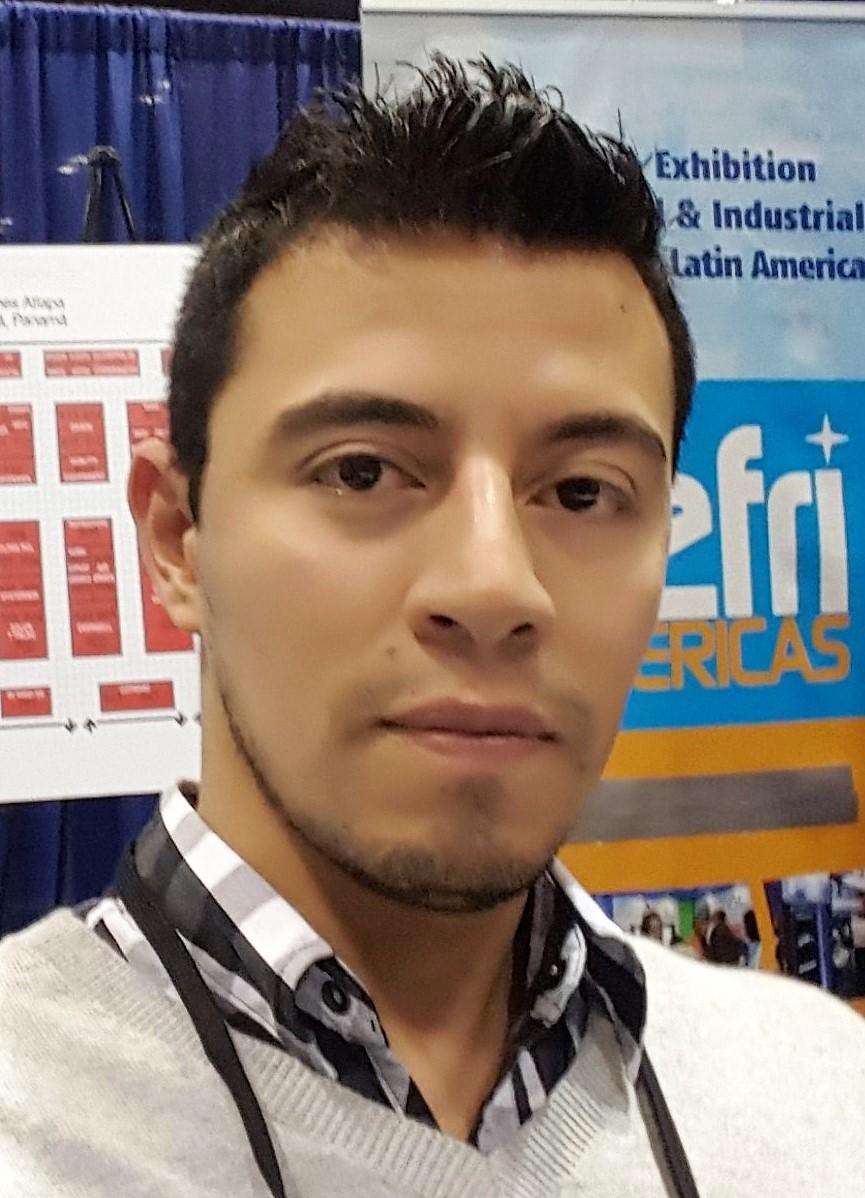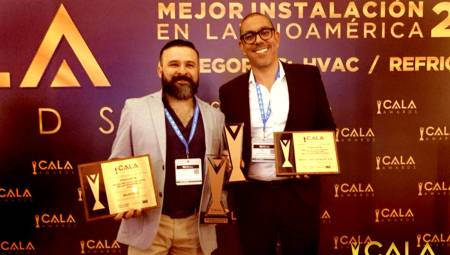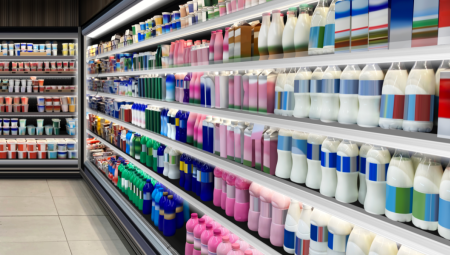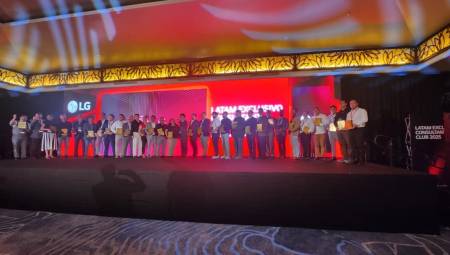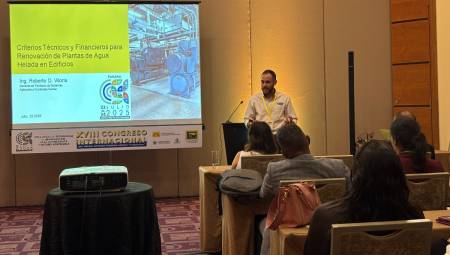 International. AHRI conducted a study on the role of HVAC/R and water heating equipment in preventing coronavirus transmission. Here is the analysis:
International. AHRI conducted a study on the role of HVAC/R and water heating equipment in preventing coronavirus transmission. Here is the analysis:
While the primary method of transmission of COVID-19 is in droplet form, i.e. from person to person or across surfaces, researchers are still studying the behavior of this particular virus, given its brief stint so far on the world stage.
Researchers have not definitively determined that the virus can be transmitted through the air, ASHRAE recently issued a statement in which it stated, "Airborne transmission of SARS-CoV-2 is likely enough to control airborne exposure to the virus."
So, while washing your hands with warm water and plenty of soap, along with disinfecting the surface and avoiding close person-to-person contact are still the primary methods of staying healthy, there are several other steps homeowners and building owners can take to significantly minimize the risk of transmission.
For residential buildings:
Ventilation
The dominant central air conditioning system in the United States: the split duct system, relies on outdoor ventilation as its primary source of air.
A recent ASHRAE article is very clear about one of the beneficial roles of such HVAC systems in airborne virus transmission, finding that "the ventilation and filtration provided by heating, ventilation and air conditioning systems can reduce the airborne concentration of SARS-CoV-2 and, therefore, the risk of transmission through the air. Unconditioned spaces [on the other hand] can cause heat stress to people that can be directly deadly and can also decrease resistance to infections. In general, disabling heating, ventilation and air conditioning systems is not a recommended measure to reduce the transmission of the virus."
Filtration
Those concerned about the possible spread of the virus through the air should consider installing AC and furnace filters with a high MERV rating to ensure they trap maximum particles, while acknowledging that this will only reduce, not eliminate, the potential for transmission.
Treatment with ultraviolet light
In a March 9 article in the trade publication HVAC ACHRNews, industry experts noted that ultraviolet (UV) light treatment can supplement filtration by addressing particles that can slip through filters. "UV germicidal systems have also been shown to reduce the microbial load and pathogens found within the HVAC system and drain tray that would otherwise be introduced and distributed throughout the building envelope," the article quotes Aaron Engel, of indoor air quality equipment manufacturer Fresh-Aire UV, as saying. UV treatment systems can be used in homes and commercial buildings.
His opinion was seconded by William Bahnfleth, former president of ASHRAE and director of penn State University's Indoor Environmental Center, who noted that "even HEPA filters that have been tested in the laboratory with viruses will have some level of penetration ... Not much... percent. But if something happens and it's a very virulent pathogen, that means it's not perfectly protected against infection by that filter." Hence the complementary UV system to catch those who slide.
Humidity control
Bahnfleth advises paying attention to the relative humidity of a home. "The recommendation for a long time has been to try to maintain a minimum relative humidity between 40 and 60 percent, because viruses are less viable in that range," he said. "Many commercial buildings have humidity control to keep conditions in this range, but in a house in winter, especially if there are leaks and in a cold climate, humidity drops to 20 or less. A good idea is a well-maintained household humidifier that keeps its relative humidity at the recommended level."
For commercial buildings:
Ventilation
In a recent New York Times op-ed, Dr. Joseph Allen, Director of the Healthy Buildings program at T.H. at Harvard University, extolled the benefits of proper building ventilation to help stop the spread of the disease. "... bringing in more outside air in buildings with heating and ventilation systems (or opening windows in buildings that don't) helps dilute pollutants in the air, making infection less likely. For years, we've been doing the opposite: closing our windows and recirculating the air." In addition, he cited a 2019 study in the journal Nature that found that even minimal levels of outdoor air ventilation could reduce flu transmission to a measure normally associated with a vaccination rate of 50 to 60 percent.
Treatment with ultraviolet light
As noted above, treatment with ultraviolet light can kill pathogens escaping filtration. Daniel Jones, president of UV Resources, an ultraviolet light treatment equipment company, touted UV-C accessories on top of the air as a commercial remedy for viral droplets: airborne droplets containing infectious agents can remain in the room air for six minutes and more." Said. "Scientists have found that COVID-19 can remain infectious on surfaces at room temperature for up to nine days. Upper-air UV-C devices can destroy those microbes when exposed to UV-C energy in a matter of seconds." He pointed to killing ratio radii of up to 99.9 percent in a first step that has been modeled, and concentrations are further reduced each time air circulates.
Humidity control
As noted above, relative humidity control can help control the viability of viruses and commercial building engineers should monitor it closely and keep it within the range of 40 to 60 percent, according to Penn State's Bahnfleth.


